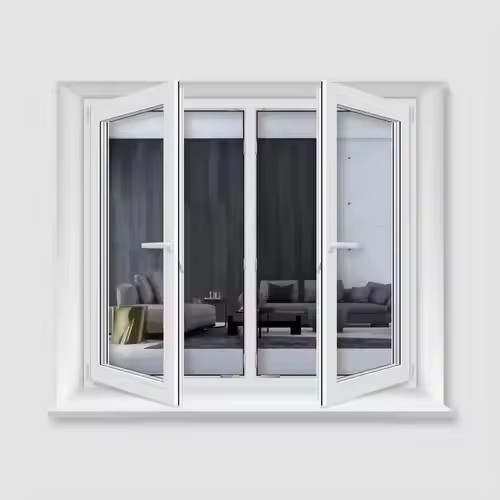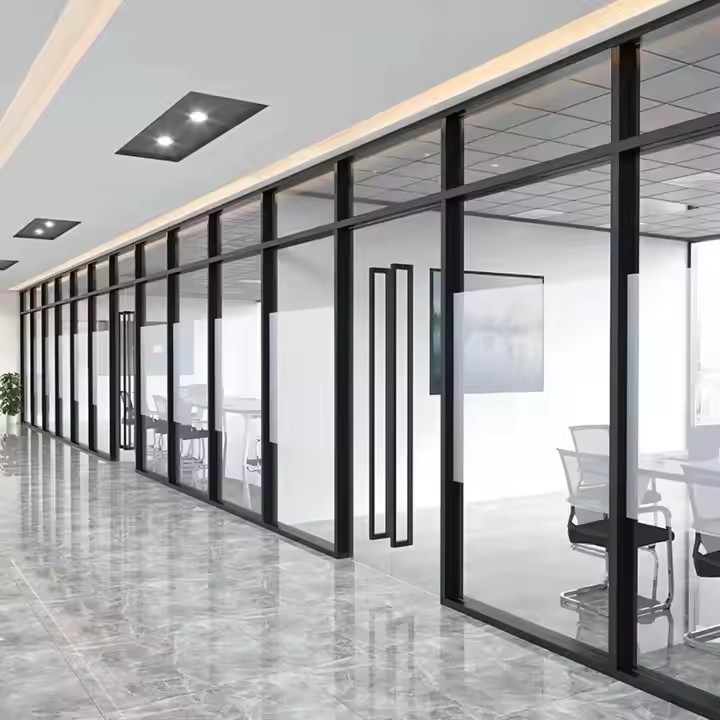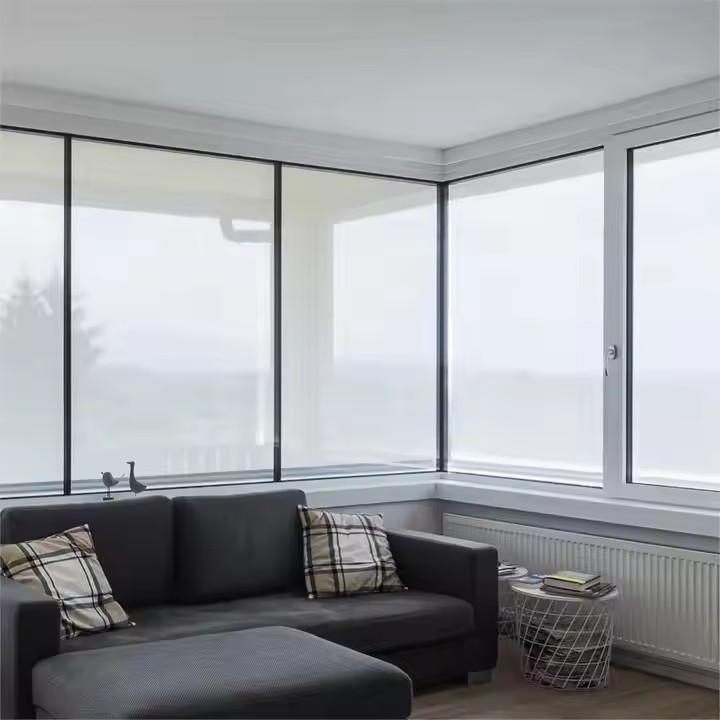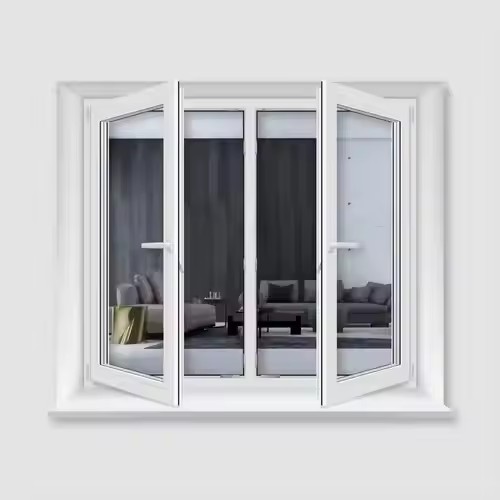I. Clarify Core Requirements and Constraints for Window and Door Transportation
- Analysis of Product Characteristics
Size and Weight:
Windows and doors are often long and bulky (e.g., floor-to-ceiling windows can be 2–3 meters), categorized as “oversized, overlength, and prone to exceeding limits.” Some custom products can weigh hundreds of kilograms, so it’s crucial to consider loading limitations of transport tools (e.g., internal container dimensions, aircraft cargo bay sizes).
Material and Fragility:
Aluminum alloy and thermal-break aluminum windows have good compression resistance, but glass panels are fragile. Solid wood doors need protection against moisture and impact. Reinforced packaging or cushioning materials are required, and higher stability is demanded from the transport method.
Packaging Requirements:
Typically, wooden crates, frames, or metal structures are used (with pearl cotton or foam board filling). High-end windows may require custom shock-proof packaging, increasing post-packaging volume by 10%–20%, which affects space utilization.
- Time Sensitivity vs. Cost Considerations
Time-Critical Scenarios:
Projects with urgent deadlines or exhibition samples may require delivery within 1–3 weeks, making air freight or expedited sea freight preferable.

Cost-Driven Scenarios:
For bulk building material procurement or non-urgent orders, LCL (Less-than-Container Load) or FCL (Full Container Load) sea freight is more cost-effective (only 1/5 to 1/10 of air freight costs), though lead times may stretch to 4–12 weeks.
- Customs Clearance and Destination-Specific Requirements
Tariffs and Compliance:
As construction materials, windows and doors may be subject to regulatory standards (e.g., formaldehyde levels, FSC certification for wood) in certain countries like the EU and USA. Required documents include certificates of origin and material test reports.
Destination Infrastructure:
In some African and Southeast Asian countries, port handling efficiency is low, increasing the risk of cargo delays. Logistics routes with fewer transshipments or direct delivery options should be prioritized.
II. Comparison of Major International Logistics Methods and Their Suitable Scenarios
- Air Freight: High-Speed, High-Cost Priority Option
Advantages:
Fast delivery; ideal for urgent orders or high-value products (e.g., smart or premium custom windows).
Controlled cargo environment reduces the risk of glass damage.
Wide global airport coverage.
Limitations:
Expensive; size restrictions apply (oversized items may require splitting or special cargo space).
Strict customs procedures; complete documentation (commercial invoice, packing list, air waybill) must be prepared in advance.
Best For:
Sample shipments, urgent replenishments, single shipments < 500 kg with strict delivery timelines.

- Ocean Freight: Low-Cost, Long-Lead-Time Bulk Solution
(1) Full Container Load (FCL)
Advantages:
Ideal for large volumes (≥500 m² of windows per shipment); lower unit cost (e.g., $3,000–$5,000 for a 20-foot container from China to Europe).
Dedicated container reduces damage risk; internal wooden framing helps stabilize cargo.
Limitations:
Longer delivery time (25–40 days to Europe, 15–30 days to North America); production schedules must be planned ahead.
Requires both departure and destination ports to support containers; inland destinations need truck or rail transfer.
Best For:
Project-based bulk orders, long-term dealer procurement, standard-sized windows suitable for container loading.
(2) Less-than-Container Load (LCL)
Advantages:
Suitable for smaller volumes (<15 m³); costs shared by volume (approx. $100–$300/m³), cheaper than FCL.
Allows shipment consolidation from multiple customers.
Limitations:
Transit time is 5–10 days longer than FCL due to cargo consolidation.
Multiple handlings increase damage risk; waterproof and impact-resistant packaging is essential to avoid contamination or mixing with hazardous goods.
Best For:
Trial orders by small/mid-sized dealers, combined sample shipments, orders <15 m³.
- Rail Freight: Cost-Effective China-Europe Option
Advantages:
Transit time between sea and air freight (12–18 days to Europe); costs approx. 1/3 of air freight, 2× sea freight.
Less affected by weather; high transport stability.
Can carry oversized cargo (e.g., items exceeding container dimensions, using open or flatbed railcars).
Limitations:
Routes mainly serve Central Europe and Central Asia; no direct service to Southeast Asia or North America.

Requires rail hubs for loading/unloading; some destinations require secondary transfer (road or rail).
Best For:
Engineering orders to Europe, medium-volume shipments needing both cost and speed balance — especially suited for Germany, Poland, and neighboring countries.
- Multimodal Transport: Flexible Solution for Complex Routes
Model:
Combines sea + road/rail (e.g., China–Thailand by sea, then by road to Laos), or air + last-mile delivery.
Advantages:
Reaches destinations without direct routes; reduces overall cost via flexible combinations.
Considerations:
Confirm transfer efficiency in advance; poor transshipment operations (e.g., at some Southeast Asian ports) can cause 5–7 day delays.

